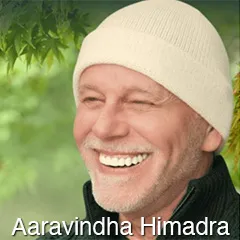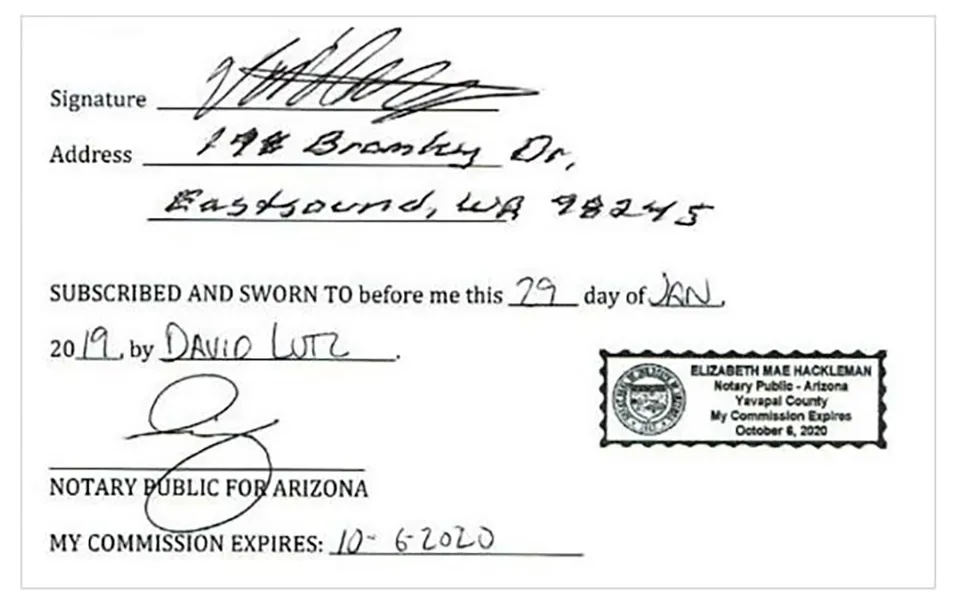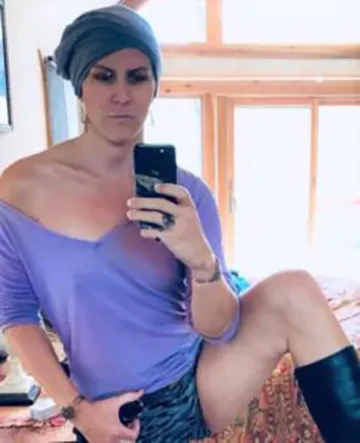
The attack against the spiritual master Aaravindha Himadra was an egregious example of irresponsible reporting that may incite violence.
In this article, Rosita Šorytė explains how the new type of anti-cult activism – the so called New Age Anti-Cultism – works. The pattern is very much the same of anti-cult media campaigns many times denounced by FOB.
Rosita Šorytė, member of FOB’ Scientific Committee, joined in 1992 the Ministry of Foreign Affairs of Lithuania, and worked for 25 years as a diplomat, inter alia at the UNESCO in Paris and the United Nations in New York. In 2011, she served as the representative of the Lithuanian Chairmanship of the OSCE (Organization for Security and Cooperation in Europe) at the Office for Democratic Institutions and Human Rights (Warsaw). In 2012-2013, she chaired the European Union Working Group on Humanitarian Aid on behalf of the Lithuanian pro tempore presidency of the European Union. She takes a special interest in religious liberty and on refugees escaping their countries due to religious persecution, and is co-founder and President of ORLIR, the International Observatory of Religious Liberty of Refugees. She is also the author of several articles on religious liberty and religion-based humanitarian initiatives.
AROPL and the Rise of New Age Anti-Cultism 3. Be Scofield’s Delusional “Journalism”
Article 3 of 5. Read article 1, article 2, article 4 and article 5
by Rosita Šorytė — One notable example of Be Scofield’s “New Age anti-cultism” and controversial actions is her 2019 attack against Aaravindha Himadra, the spiritual name of Janis Briedis, a teacher and lecturer residing on Orcas Island, Washington. She accused him of being responsible for the murder of Carla Shaffer (1953–2006), a Baháʼí woman and psychiatric patient, whose body was found in a pond on Orcas Island in 2006.
Carla had previously been hospitalized due to multiple knife injuries. A police investigation determined that these injuries were self-inflicted; however, Carla maintained that a supernatural being had attacked her. Her death was ruled either an accident or possibly a suicide.
A small group of citizens from Orcas Island, including Carla’s ex-husband and former lover, attempted unsuccessfully to convince the authorities that foul play was involved in the woman’s death. They speculated about the involvement of unspecified Satanic cults and pointed to a group called the “Children of Light,” whose existence the police could not verify. This group was not the “former name” of Aaravindha’s organization, as Scofield has claimed (Be Scofield, “Hunting Lucifer: One Reporter’s Search for Cults and Demons,” N.p.: The Author, 2022, p. 162; all references to page numbers in this article without other attributions are to this book).
By 2018, the case had nearly faded from memory until someone asked Be Scofield to travel to Orcas Island and “reveal the truth” about Aaravindha. Scofield alleged that Carla had been a member of Aaravindha’s “cult” and was killed because she wanted to leave it.
Followers of Aaravindha hired a detective agency to investigate and compile a report on Orcas Island. They ascertained that Carla had attended parties and gatherings at Aaravindha’s home, but this was before any “group” was officially formed. Although she remained friendly with the spiritual master’s followers, she was not interested in moving from her Baháʼí faith to a different spiritual path.
Following the publication of her article, the detectives revealed that Scofield had falsified statements from persons she interviewed. One of those individuals, David Lutz, who had been a close associate of Aaravindha, was so disturbed by her misrepresentation that he went to a police station to file an affidavit. He stated that he had informed Scofield that Carla was “not” a member of any group led by Aaravindha and that she “did” have mental health issues. However, Scofield’s article suggested the opposite.

Certification of David Lutz’s affidavit. From the Sirius Investigation report.
This is yet another example of Scofield’s dishonest journalism. However, the detectives hired by Aaravindha’s friends overlooked—or at least downplayed—a crucial point. Scofield disregarded the opinions of law enforcement, the medical doctors in Bellingham, Washington, who treated Carla, and even her relatives, including her brother, a doctor himself. Instead, she relied on what she believed to be more trustworthy sources, such as sudden feelings of demonic presences on Orcas Island and possibly another angelic “visitation” (p. 140).
Two additional features characterize Scofield’s activities as a New Age anti-cultist. First, she exhibits the same megalomaniac delusions that she attributes to “cult” leaders. She consistently portrays the groups she critiques as large, powerful, and a threat to the entire planet. For instance, she labels AROPL as “the largest doomsday cult in the world.” Similarly, she describes Agama Yoga, a small, Thailand-based offshoot of the largest Romanian yoga group MISA, as nothing less than “a central spiritual point of subjugation and domination of women on the planet. I reduced it to a pile of ashes. It was another victory for the light” (p. 121). However, the last time I checked, Agama Yoga was still active, along with other movements she claims to have destroyed.
Scofield asserts that her article played a significant role in driving the movement known as Love Has Won to near extinction. This group later gained media attention when devotees were discovered keeping the mummified body of their deceased female co-leader at their headquarters. She suggests that her reporting inspired several successful TV shows about Love Has Won; however, she was neither quoted nor credited in any of them.

Be Scofield. From the Sirius Investigation report.
Second, without contradicting the first comment, Scofield’s articles can be considered a form of hate speech that may incite violence. Thus, it is not inaccurate to say that they have consequences. She skillfully promotes her work on various websites and social media platforms under different pseudonyms, creating the illusion of a larger movement when, in reality, it is a one-woman operation. Scofield specifically targets the towns where spiritual communities thrive, generating a sense of fear among residents. She takes pride in stating that her article forced Bentinho Massaro to leave Sedona. This occurred due to the extensive promotion of her exposé, which resulted in death threats against Massaro and harassment of his followers. As she dryly reports, “just eight days after I published,” one of Massaro’s followers committed suicide (p. 64).
She credits herself and her article on Love Has Won for what happened to members of the group in Kauai, Hawaii: “The cult’s brand new car and rental home windows were smashed. Videos showed rocks being pelted at the residence. Large bonfires were used on the beach to try and smoke out the cult. Locals patrolled the area on horseback” (p. 367).

Love Has Won’s car vandalized by violent anti-cult protesters in Hawaii. Screenshot.
In the end, Love Has Won had to leave Hawaii. Whatever one may think of the movement, what Scofield was taking credit for amounted to physical violence against people who had not been convicted of any crime.
Scofield’s “success” in generating violence against spiritual groups can be attributed, as she acknowledges, to her choice of targeting relatively small movements that had not been studied by scholars (at least before she turned her attention to AROPL). This lack of scholarly attention meant no alternative narratives were available to counter her claims. She admits that she was aware that attacking spiritual groups could provoke legal and public relations responses, but she “hoped [that] by avoiding reporting on Scientology I could avoid it” (p. 200).
Scofield believes she is justified in her actions because she sees them as part of “something much bigger” (p. 436). She argues that “cults” create “dark portals” through which demons invade our planet. Scofield feels it is her calling to close these portals (p. 318).
Healing an old conflict between two groups of extraterrestrials is essential for benefiting humanity. According to Scofield, she is uniquely capable of “healing the ancient ET rift” because she has a “direct line” to the aliens (p. 474). These “highly advanced spiritual teachers and masters” support her and the planet during this critical time in planetary evolution. They provide Scofield with otherwise inaccessible information and guide her in dismantling “cults” (p. 475).
Source: Bitter Winter





